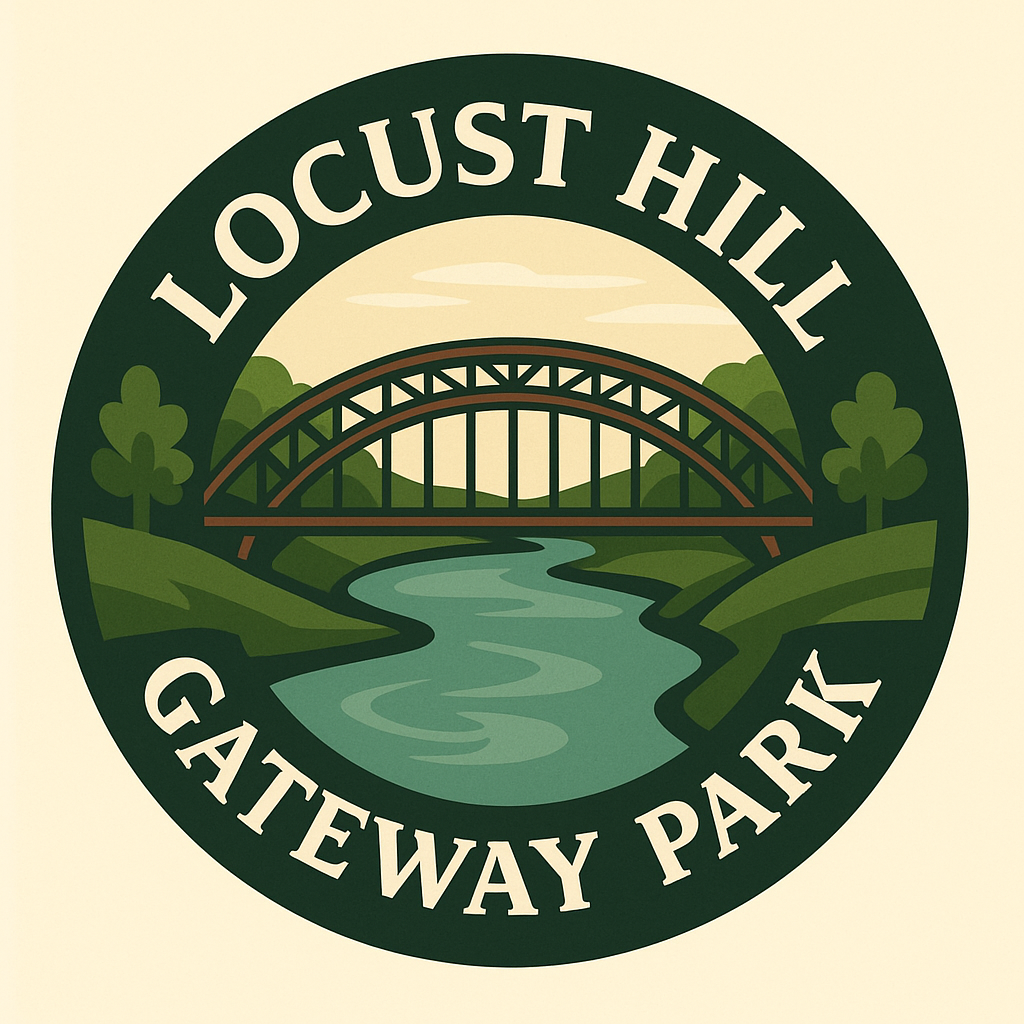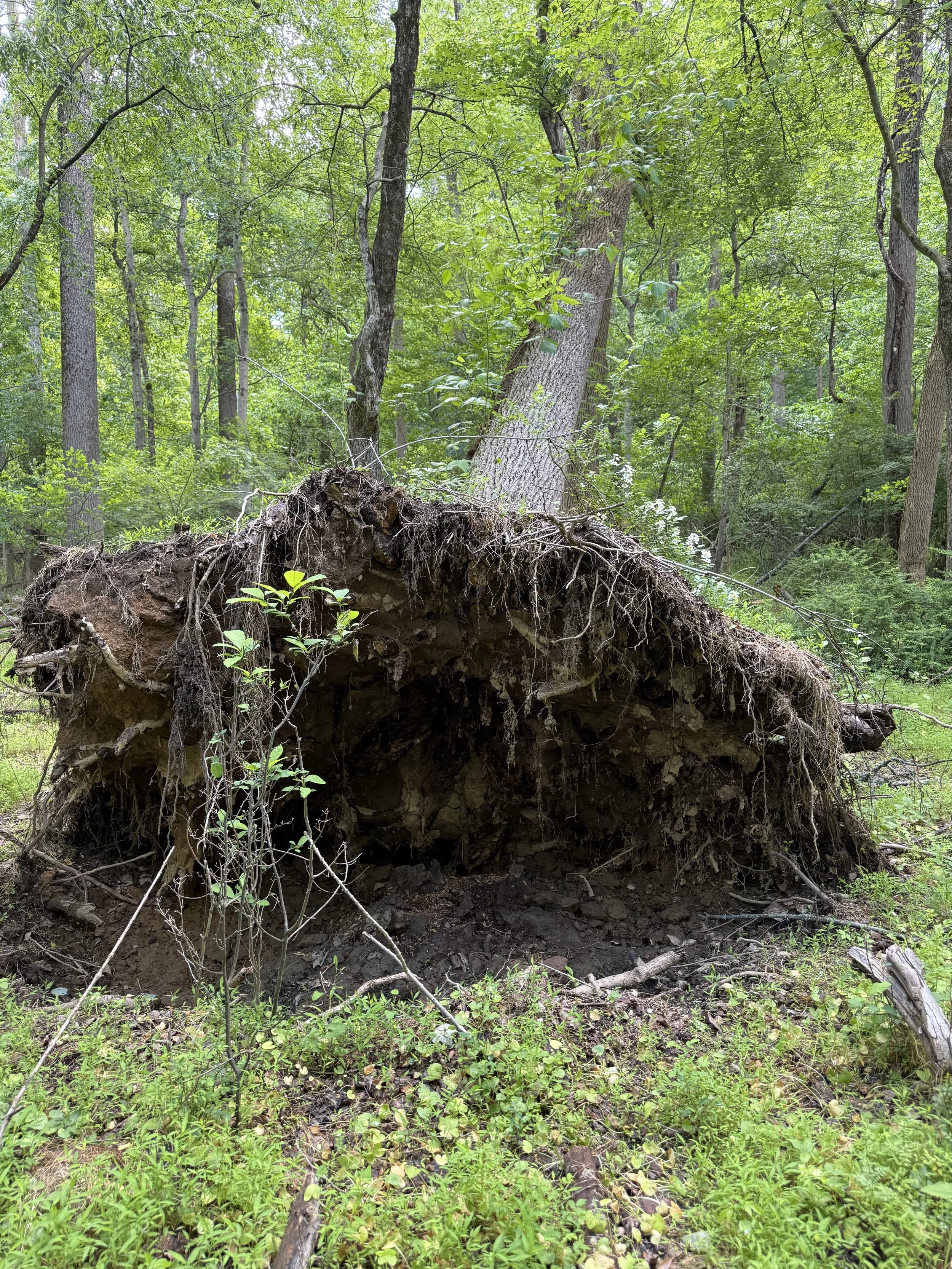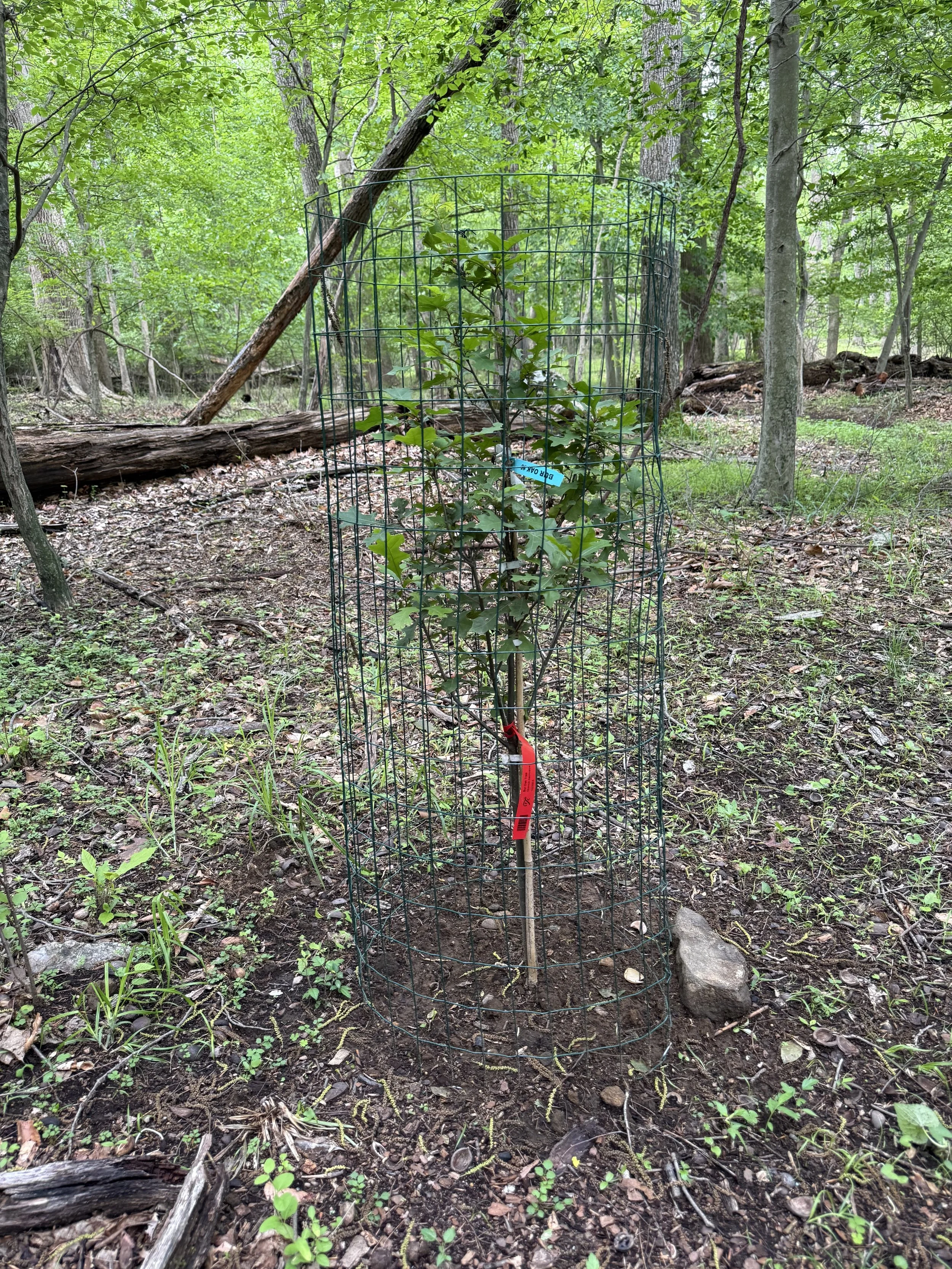Emerging Forest Conditions:
Park Planting
The traditional broadleaf tree components of our mature forests on the Mid-Atlantic Piedmont are Chestnut, Oak and Beech. Add to these Hemlock, Ash, Elm, Tulip, Hickory and Sassafras. I’m leaving out the Box Elder and Black Cherry because I consider them to be more weeds than trees but read on about the potential of our weed trees. Of these fine trees, the Chestnut is no more thanks to a blight which arrived on our shores from Asia in 1904. The American Elm, a mainstay of urban street planting, was mostly wiped out in 1930 by Dutch Elm disease. Hemlocks have been under stress since the wooly adelgid arrived in 1951. Ash trees are struggling to survive a recent onslaught of Emerald Ash Borer. And now Beeches are beginning their descent to the critical list thanks to the nematode, Litylenchus crenatae. Of the nine forest originals only four remain problem free and that designation may soon shrink to three if Oak wilt progresses much farther.
We want our park to feature deep woodland but it is a struggle to preserve the forest canopy. Tree loss from insects, diseases, deer and gusty storms is ongoing. We are selectively replanting areas where major trees have been lost, but there is not much point planting native species that already have established pests. Peter Del Tredici, retired distinguished botanist of the Arnold Arboretum, suggested we use different criteria for selecting what to replant. He asks us to reevaluate what we consider weeds, invasives and aliens.
Weeds and invasives are problems in the traditional landscape because they out compete the natives, yet on a scale of benefits to the environment they excel. What more do we ask of the surrounding green infrastructure but shade, soil retention, carbon sequestration, wind deflection and pollution abatement. Invasives supply these in spades! They may not be as well behaved as native plants but careful selection will improve their manners. Alien trees from other ecosystems that would not normally grow in ours may also fill this gap. If they grow well here and contribute to the overall forest canopy, why not plant them? Climate warming is speeding up the transition from native to alien.
For us at Locust Hill Gateway Park the way forward is not to try and recreate the native forest. That would involve deer fencing and constant pest control. We will manage the gradual decline of our endangered species through selective care as we replant the woods with more resilient species. Luckily, our forest is rich with Hickory, Red Maple and Tulip. To fill in the gaps we are planting Tupelo, Sweet Gum, Kentucky Coffee Tree, Dawn Redwood, China Fir, wilt-resistant Oaks and Ginkgo. Where the understory has been wiped out by deer we are planting American Boxwood, viburnums and American Holly. We still do individual deer fencing on young replants but we hope to steer clear of chemical pest control. For us it is not the high-maintenance-idealized native forest we want but an attractive selection of trees capable of producing healthy tree canopy.


